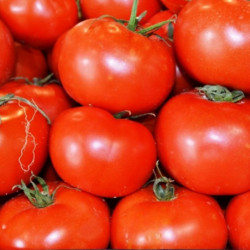Spanish Turnip: Characteristics and Varieties
The Spanish turnip is the name given to turnips cultivated and consumed in Spain, also known as berza, naba, raba, or white radish. It belongs to the species Brassica rapa subsp. rapa, within the cruciferous or brassicaceae family.
Characteristics of Spanish Turnip
The Spanish turnip is characterized by its fleshy, edible, tapering, white or yellowish root and large, green, and rough leaves. It is an ancient vegetable cultivated for thousands of years in Europe and Asia, being one of the first crops domesticated by humans.
Benefits and Properties
Turnips provide vitamins C and A, potassium, calcium, folic acid, and fiber. Additionally, they have anti-inflammatory, diuretic, and antioxidant properties, being a staple food in many cultures, especially in winter, due to their cold resistance and nutritional value.
Turnip Varieties in Spain
-
May turnip: An early and robust variety from the Netherlands that produces flat, round white turnips.
-
Autumn turnip: Red or green with white flesh, harvested in autumn, larger and stronger in flavor than the May turnip.
-
Snowball turnip: Used as a substitute for potatoes, it is fibrous and sweet, with a rounded white root and smooth skin, extremely precocious.
-
Golden Ball turnip: Golden yellow in color, medium-sized with a rounded shape, suitable for cold or temperate climates.
-
Ox Horn turnip: A long variety with white root buried underground and an exposed ox color outside the soil.
-
Daikon: Known as Japanese turnip, it has a cylindrical and elongated shape, white or greenish skin, white and crunchy flesh, and a spicy and refreshing taste.
-
Nabicol or kohlrabi: A hybrid between turnip and cabbage, with a globular root, green or purple on the outside and white on the inside, with a sweet and mild flavor.




























* Required fields